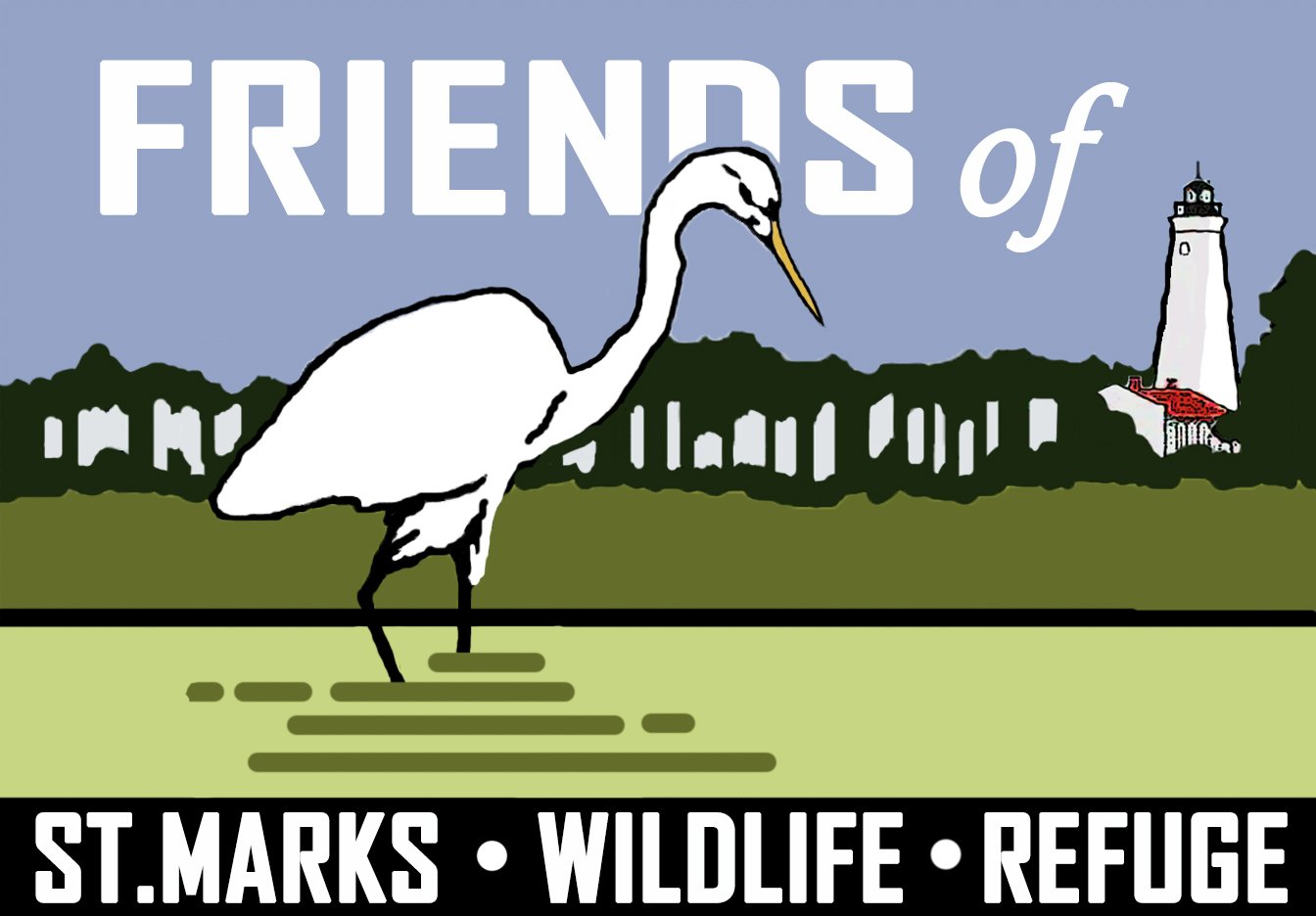Chloë Dubben (2019)
Biology Intern
My name is Chloë Dubben, and I was a biological intern at St. Marks National Wildlife Refuge from August to December of 2019. While I was an intern, I helped to control the spread of invasive cogon grass, band and translocate Red-cockaded woodpeckers, and prepare for and run a drift fence along with USGS for a study on frosted flatwoods salamanders. I started as a volunteer for the U.S. Fish and Wildlife Service, became an intern, and since January I have been working at St. Marks NWR as a biological technician.
I am originally from Niceville, Florida, and have lived most of my life in northwest Florida. I grew up camping in national parks across the country with my family and always loved to be outside as a kid. Although I lead my high school’s Earth Club and took numerous environmentally-focused classes, I did not know what I wanted to do for a career when I went to college. I had many different interests at the time from playing school ensembles to getting certified in video editing software to being a leader in my high school’s study that partnered with Universities world-wide analyzing marine biodiversity. I went to Florida State University, and being there helped me narrow down a career field I was passionate about. I got to continue playing music as well, and I played in the marching band for two years. With the help of getting involved in and later serving on the board of the volunteer-based Environmental Service Program at FSU, I decided to pursue a B.S. in Environmental Studies.
During my undergraduate career, I volunteered as a research assistant for a graduate student studying the demographics of spiny dogfish (a coastal shark), worked for the Air Force Research Lab developing streamlined systems for “big data” entries and analysis, and interned at the Florida Fish and Wildlife Conservation Commission studying sister agency’s policies about nuisance wildlife and working to educate kids about invasive animal species. I graduated in May of 2018, and I then worked at Alfred B. Maclay Gardens State Park for a year removing invasive plants, maintaining the historic gardens and cultural sites, and giving public presentations about the park and native wildlife. I enjoyed learning about botany and gardening, but the days when I interacted with wildlife at the park were my favorite.
While I was still working at the park, I started volunteering at St. Vincent National Wildlife Refuge, an island with additional tracts located in Franklin and Gulf counties in northwest Florida. With its headquarters in Apalachicola, I drove an hour and a half on Friday mornings to meet up with the biologist at 7:00. I was fascinated by American red wolves after learning about the endangered species in a conservation biology class. I got to help catch, collar, and perform husbandry for red wolf yearlings before I learned of a summer internship at St. Vincent NWR. I loved the island and working with wildlife, so I applied and got the internship. I left the state park service and moved to Indian Pass, a small community across the pass from St. Vincent Island.
After a summer of performing shorebird index counts, recording sea turtle nest data, attending the red wolf species survival plan meeting, and surveying for bats on the island, I was offered an internship by St. Marks NWR and an extension to my internship at St. Vincent NWR. I split my time every two weeks between the two refuges for a couple of months before staying at St. Marks NWR full time to learn about salamanders. I was then hired on by the USFWS for 180 working days to help work on the USGS research on salamander phenology, survey historically occupied salamander ponds, and “head-start” larval salamanders. I love working at St. Marks NWR, and I later wish to pursue graduate school and full-time wildlife positions!

